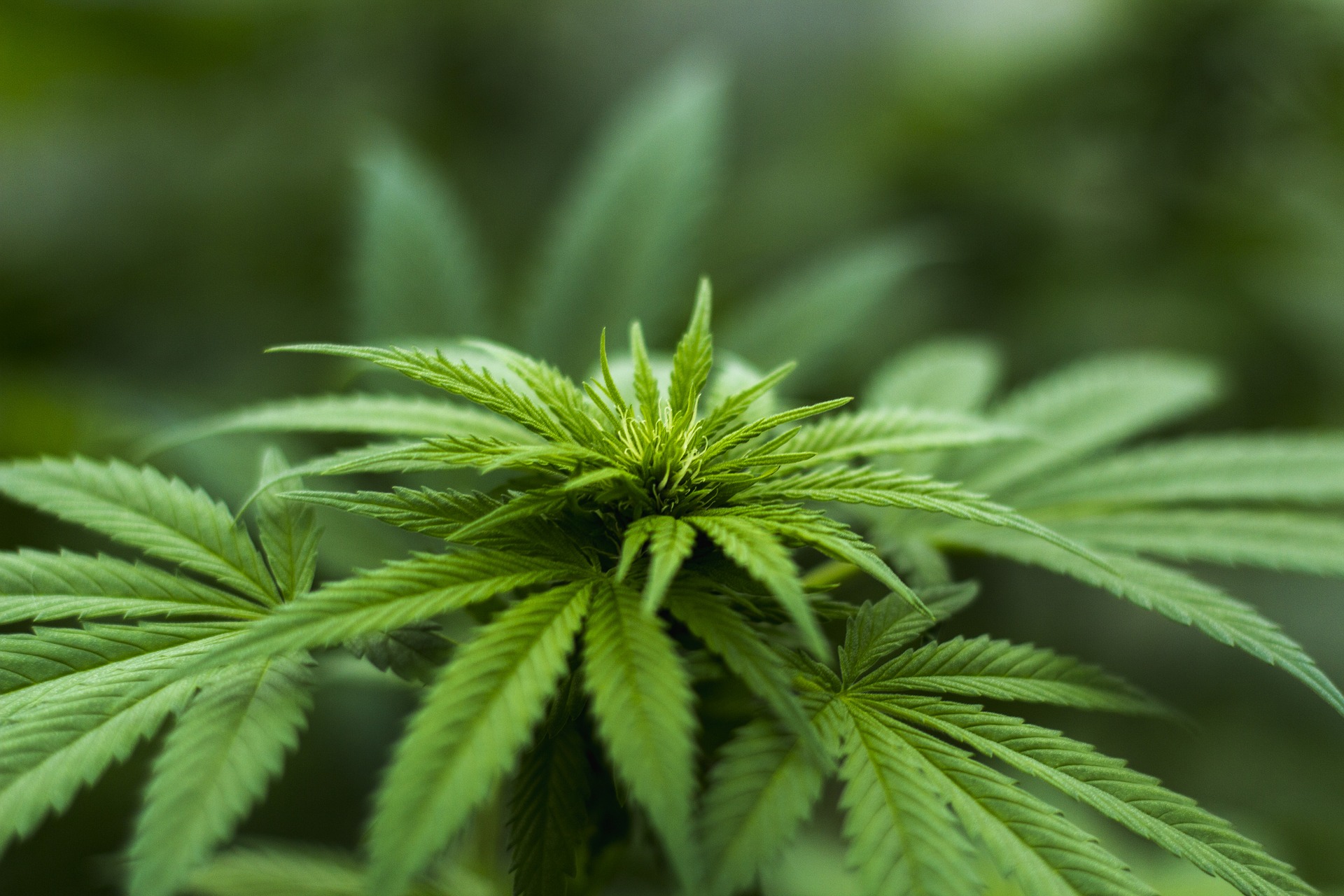Retting Hemp Fibers
Posted by Jennifer Smith on 10th Oct 2019
According to the Canadian Hemp Trade Alliance, "retting is a process in which pectineus substances that bind together elemental bast fibres become degraded. This progression is completed either by microorganisms present on the stems or in soil, acid/bases, or by special enzymes. Some call it a controlled rotting, which indicates that a farmer needs to oversee and properly manage the process."

There are three different types of retting processes: field (only way farmers can do it on the farm); water and chemical retting. Field retting for farmers is the most common practice for hemp growers and accomplished with help from Mother Nature. This is when hemp stalks stay on the ground for several weeks (2-3 weeks after cutting) and allow the weather to facilitate the process via air temperature and moisture. Retting can be achieved in the right conditions without excessive heat or rain. If too much rain is exposed to the hemp plants in the late summer or early fall, retting will not complete until before winter or later in spring. Turning over hemp plants is recommended to ensure uniformity of fibers - increasingly important when hemp is used in textile applications.
How to tell when retting is compete?
Retting of hemp is completed when the fibers bind and turn color to medium-dark beige with spots. To help with drying hemp, farmers will need dry netting to help with the retting process.
